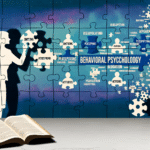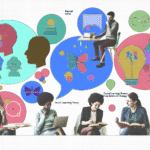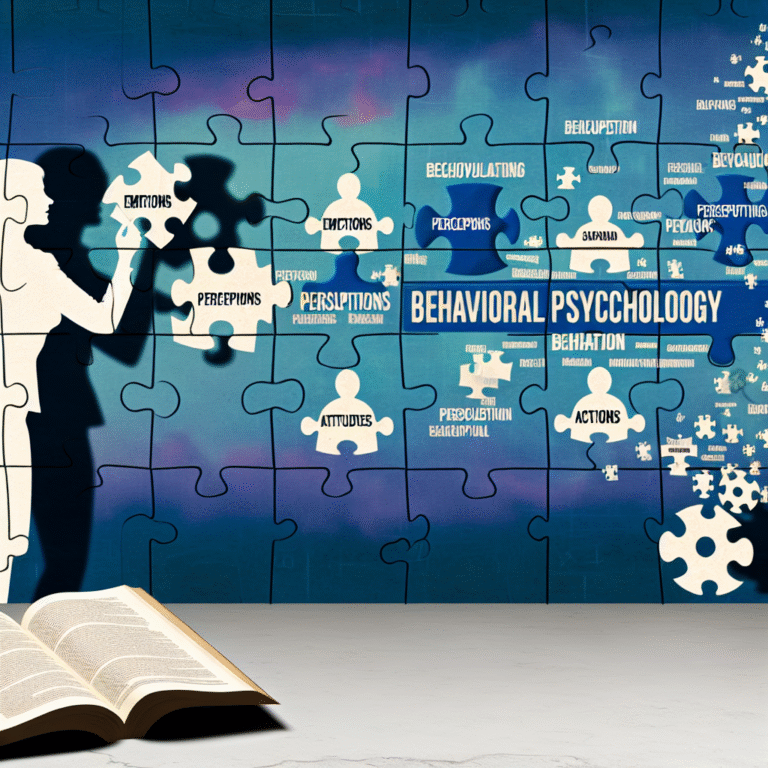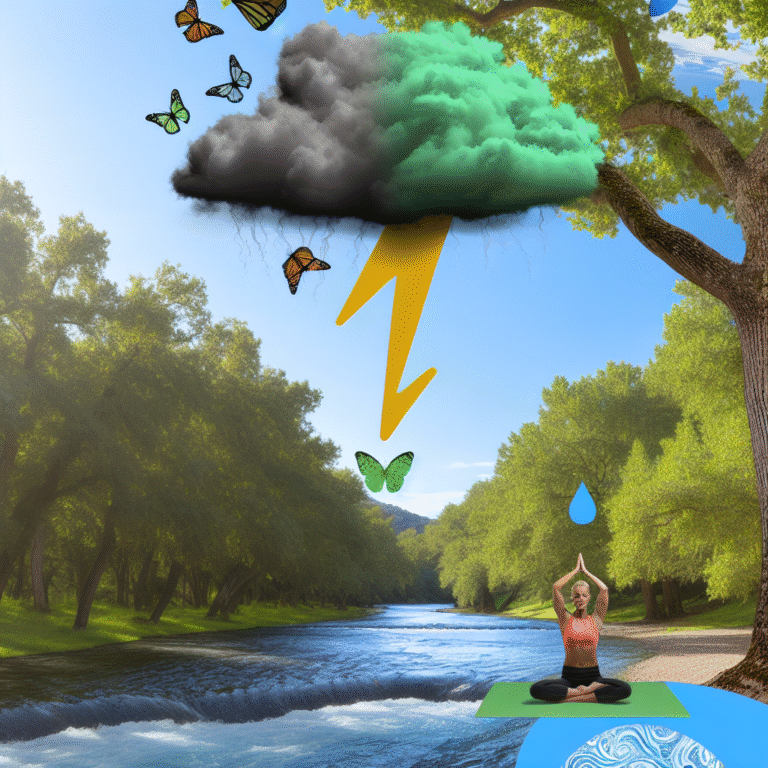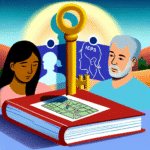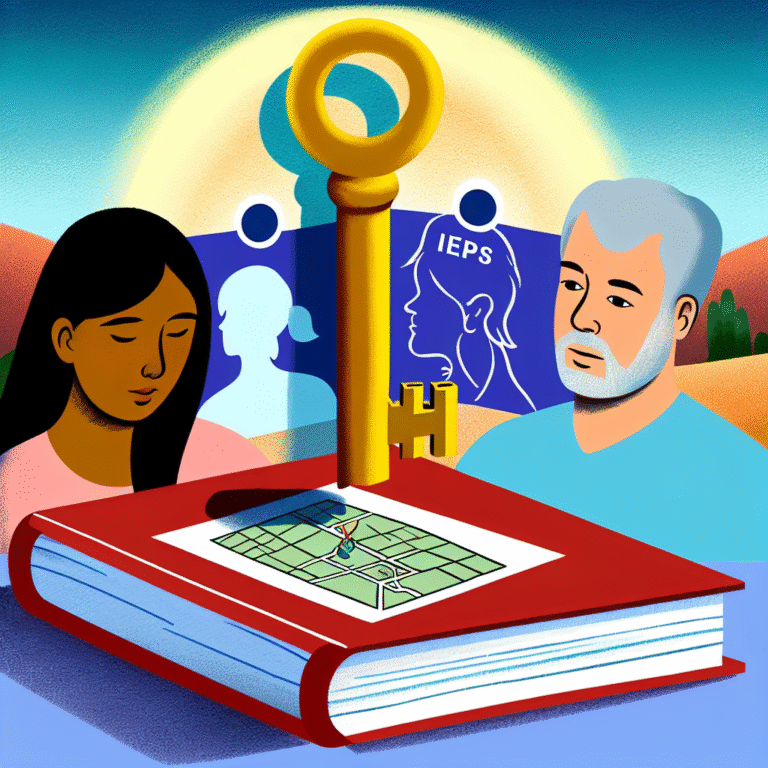
Exploring the Intersection of Technology and Social Learning in Behavioral Psychology: The Ultimate Guide
Introduction
In our fast-paced digital era, the seamless integration of technology into our everyday lives is not just a phenomenon; it’s a revolution. Nowhere is this more evident than in the realm of behavioral psychology, especially when it comes to social learning. Exploring the Intersection of Technology and Social Learning in Behavioral Psychology provides us with invaluable insights that can reshape our understanding of human behavior, motivation, and interaction. As we delve deeper into this intersection, we uncover how technology can enhance our learning processes and behavior modification, leading to significant psychological advancements.
The Foundation of Social Learning Theory
Before we can fully explore the intersection of technology and social learning, we must first establish a solid understanding of social learning theory. Proposed by Albert Bandura in the 1960s, social learning theory suggests that individuals learn new behaviors by observing others, especially within a social context. Key components of this theory include:
- Modeling: Learning through imitation or observation of others.
- Attention: The learner must pay attention to the model.
- Retention: The ability to remember the observed behavior.
- Reproduction: The capability to replicate the behavior.
- Motivation: Reinforcement or punishment impacts the likelihood of repeating the behavior.
The Role of Technology in Social Learning
As we explore the intersection of technology and social learning in behavioral psychology, it’s imperative to consider how technological advancements can act as new “models” in the learning process. Technology provides varied platforms where individuals can observe, interact, and learn from each other, integrating traditional social learning with modern innovation.
E-Learning Platforms
E-learning platforms have transformed educational delivery, facilitating social learning on a global scale. Platforms like Coursera and Udemy allow learners to engage with teachers and peers through forums, discussions, and collaborative projects.
Case Study: Coursera’s Peer Review System
Coursera employs a unique peer review system in its courses, encouraging students to evaluate each other’s work. This method not only reinforces learning through modeling but also solidifies retention and reproduction of learned concepts.
Analysis: This case study highlights the effectiveness of social learning in an online setting, demonstrating how technology can act as a facilitator for behavioral change and knowledge acquisition.
Social Media as a Learning Tool
Social media platforms, such as Twitter, Facebook, and LinkedIn, play a crucial role in social learning by enabling information sharing and community building.
Case Study: Twitter in Education
Using Twitter for educational purposes has gained momentum. Educators create hashtags for specific topics, allowing students to follow discussions, share insights, and ask questions in real-time.
Analysis: This illustrates how social media can serve as an informal learning environment, where students serve as both learners and models, further reinforcing the principles of social learning theory.
Measuring the Impact of Technology on Social Learning
When exploring the intersection of technology and social learning in behavioral psychology, it’s essential to measure the effectiveness of these innovative approaches. Various studies have quantified the benefits of technology-enhanced social learning.
Table 1: Impact of Technology on Social Learning Outcomes
| Study | Outcome | Method |
|---|---|---|
| Bandura et al. (2005) | 30% increase in retention | Observation-based learning |
| Johnson & Johnson (2008) | Improved team collaboration by 50% | Online team projects |
| Dabbagh & Kitsantas (2012) | Increased motivation by 40% | E-learning platforms |
Challenges in Integrating Technology with Social Learning
While technology holds promise, several challenges can impede its effectiveness in social learning.
- Over-reliance on Technology: Some learners may depend too heavily on digital tools, neglecting traditional learning methods that enhance critical thinking.
- Digital Divide: Access to technology is unequal, potentially alienating specific demographics.
- Distraction: The vast availability of information can overwhelm learners, making it difficult to focus on specific tasks.
Addressing the Challenges: Strategies for Success
Balance Traditional and Digital Approaches
To maximize the benefits of both traditional and technological methods, educators should strive for a blended learning environment.
Promote Digital Literacy
Teaching learners how to navigate and critically assess digital content is essential. This empowers them to become autonomous learners.
Future Directions for Technology and Social Learning in Behavioral Psychology
As we continue to explore the intersection of technology and social learning in behavioral psychology, the future presents boundless possibilities. Here are some key trends that could shape this field:
- Artificial Intelligence: AI can tailor learning experiences based on individual needs, preferences, and behaviors.
- Virtual Reality: Immersive experiences may enhance social learning by providing realistic contexts for behavior modeling and practice.
- Gamification: Implementing game-like elements can increase engagement and motivation, vital components in social learning.
Conclusion
In summary, exploring the intersection of technology and social learning in behavioral psychology unveils a realm of opportunities that could redefine the way we understand and influence human behavior. As we harness technology’s potential while addressing its challenges, we pave the way for a more interconnected, innovative, and effective learning environment.
So, as we stand on the brink of this technological evolution, let us remain curious and proactive. Engage with digital platforms, embrace collaborative learning, and recognize the power of observation in shaping behaviors. The intersection we’ve explored is not just a fusion of technology and psychology; it’s an invitation to rethink, innovate, and invite growth.
FAQs
What is social learning theory?
Social learning theory, proposed by Albert Bandura, posits that individuals learn behaviors by observing others in a social context.How does technology enhance social learning?
Technology offers diverse platforms for observation, interaction, and collaboration, enabling learners to engage with models and peers effectively.Can traditional learning methods coexist with technology?
Yes, a blended learning approach that integrates both methods can maximize educational outcomes and foster deeper understanding.What are the potential downsides of technology in social learning?
Challenges include over-reliance on digital tools, the digital divide, and potential distractions from excessive information.- What future trends could influence social learning?
Key trends include the use of artificial intelligence, virtual reality, and gamification, all of which have the potential to enhance social learning experiences.
As we continue to navigate and dissect the confluence of technology and social learning, let’s foster an environment that is not only educative but also enriching. Together, we can thrive in this new frontier.
